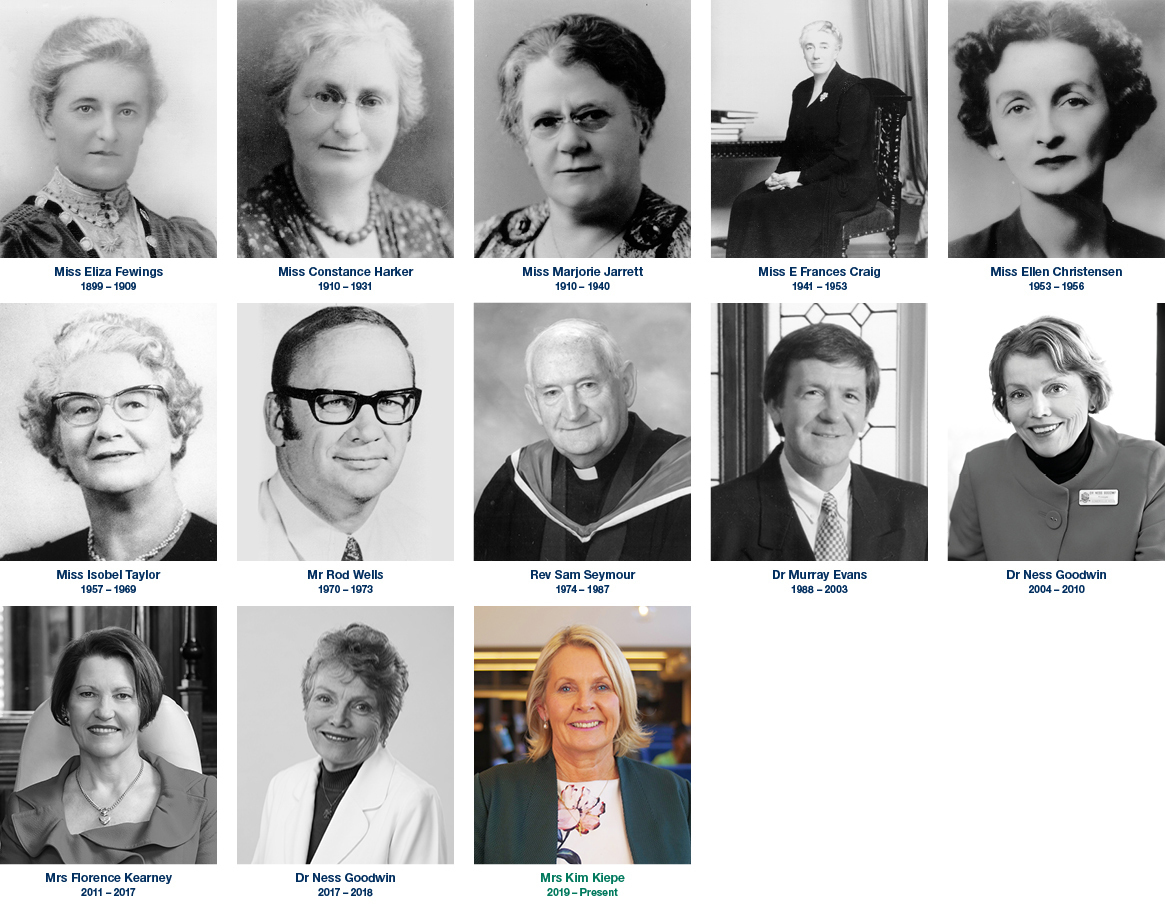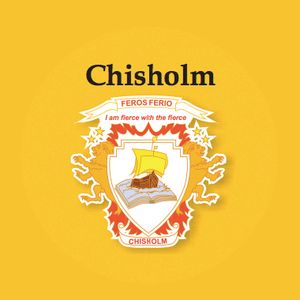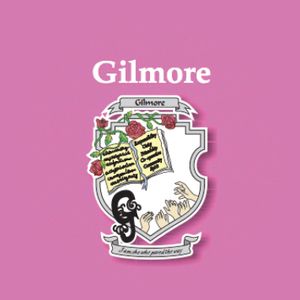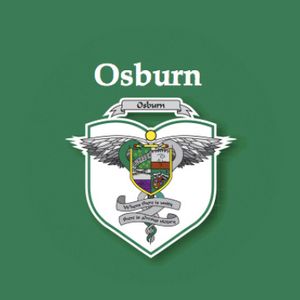Since its foundation, Somerville House has epitomised the essential elements of an exemplary school: intellectual rigour, teaching excellence, a caring Christian community, a wealth of opportunities and a stimulating environment fostering innovation and growth.
The strengths and wisdom of the past are retained, while preparing students to be confident and highly capable individuals of the future.
Milestones in our history
— 1899
Miss Eliza Fewings founded a school designed to educate young women and equip them to take a leading role in the creation of an emerging nation. The school began as The Brisbane High School for Girls and its first home was the City Tabernacle, on the corner of Wickham Terrace and Edward Street.
— 1912
The school moved to ‘Erneton’ in Wickham Terrace, a gracious old home that could accommodate both day students and boarders.
— 1918 to 1920
Ownership of the school was transferred to the newly formed Presbyterian and Methodist Schools Association (PMSA) and in 1919 Cumbooquepa, South Brisbane was chosen as the ideal location for the School. It wasn’t until 1920 that the school became known as Somerville House, named to honour Mary Somerville, a distinguished Scottish scientist, mathematician and scholar.
— 1942 to 1945
As a result of World War II, in 1942 the school was evacuated from its South Brisbane site and day girls were moved to Drysllwyn at Auchenflower and Queen Alexandra Home at Coorparoo and boarders moved to Moimindah at Stanthorpe. During this time the Vulture Street site was occupied by The United States Army’s East-Asian Command, under General Macarthur. The school’s South Brisbane campus became General Headquarters United Army Forces Far East, United States Army Service of Supply and Base Section 3, until the students returned in 1945.
Principals

School Crest and Motto

The School crest was designed by Robin Dods, a well known Brisbane architect. It represents wisdom standing upon the book of knowledge holding the lamp of truth over the School motto 'Honour Before Honours' which dates back to the School’s foundation.
The colours of the School badge are blue, green and white. Blue is associated with loyalty, green is associated with the foliage of a plant, and hence with growth, and white represents purity.
Our School Motto, Honour Before Honours, presents a challenge, in a competitive and materialistic society, to maintain the highest personal standards of integrity, and to regard ideals of behaviour and achievement as more worthwhile and important than the applause of a crowd.
Uniforms

The original school colours were yellow and white. These colours were changed to blue and green in 1912, reflecting the symbolism of values to those used in our School motto.
The School uniform was introduced in 1922 and our current students still wear the same style of winter uniform introduced back then. The first summer uniform was similar to the winter uniform in a lighter fabric; the iconic Somerville House green summer uniform was introduced in 1954; and the current style was introduced in 1973.
House System
All six Somerville House colour houses were named to honour outstanding women in Australian history
Chisholm

Chisholm House is Yellow and named in honour of Caroline Chisholm, a progressive 19th-century English humanitarian known mostly for her involvement with female immigrant welfare in Australia.
Franklin

Franklin House is Red and named in honour of Jane Franklin, a Tasmanian pioneer and traveller.
Macarthur

Macarthur House is Blue and named in honour of Elizabeth Macarthur, an Anglo-Australian pastoralist and merchant who managed a sheep station and was one of the first to ship merino wool to Britain.
Durack

Durack House is Black and named in honour of Mary Durack, a resourceful pioneer pastoralist, surviving all the difficulties of the outback.
Gilmore

Gilmore House is Pink and named in honour of Mary Gilmore, a prominent Australian socialist poet and journalist.
Osburn

Osburn House is Green and named in honour of Lucy Osburn, an English nurse trained at the School of Nursing founded by Florence Nightingale. She is regarded as the founder of modern nursing in Australia.